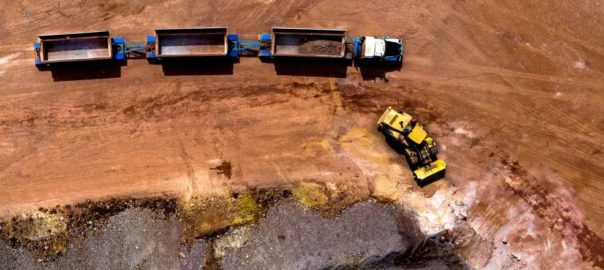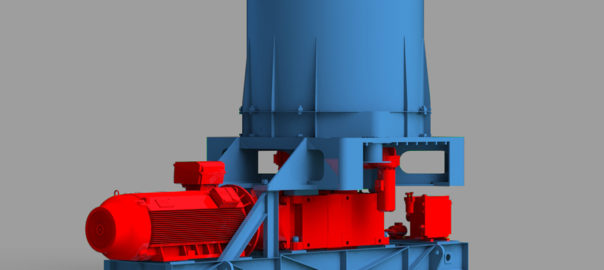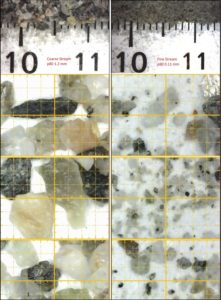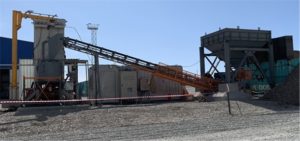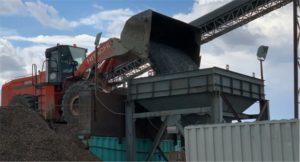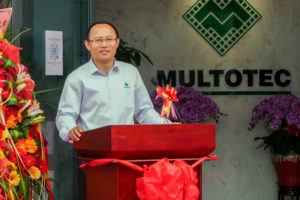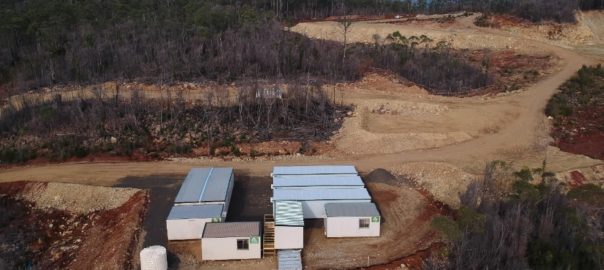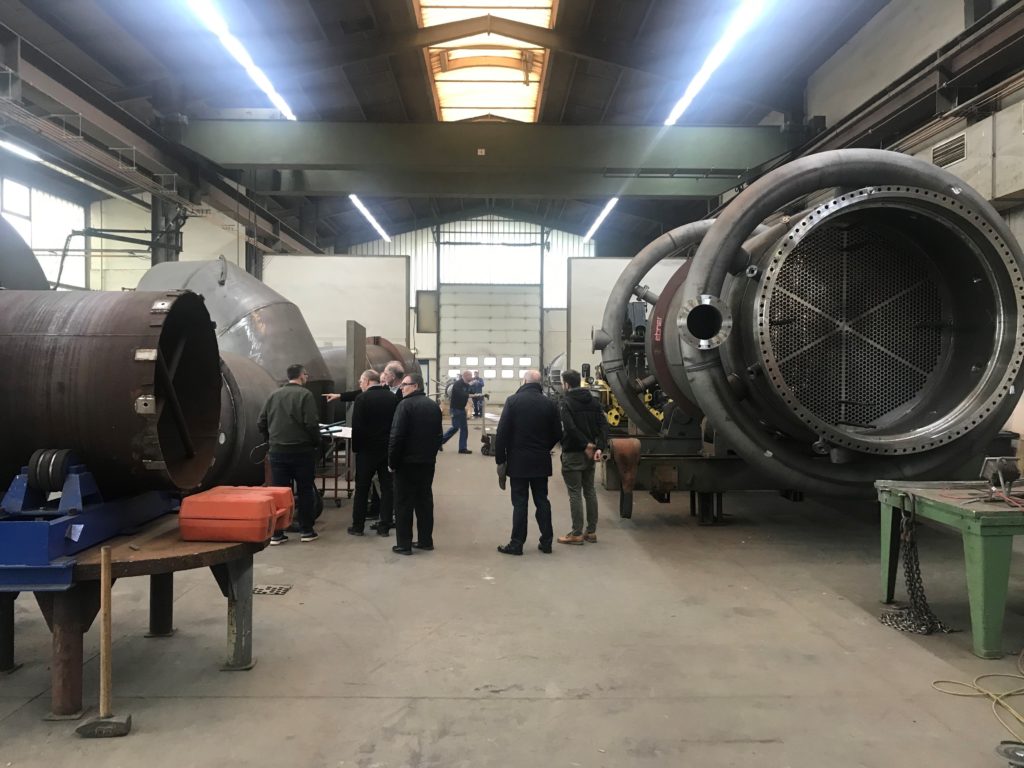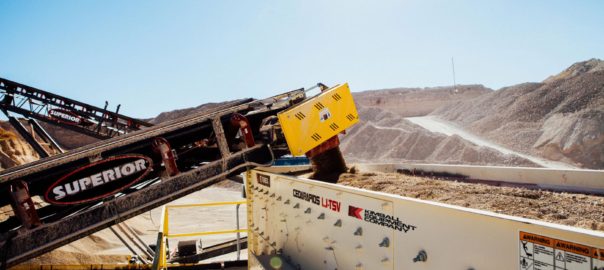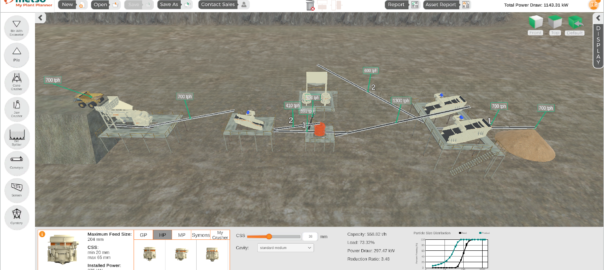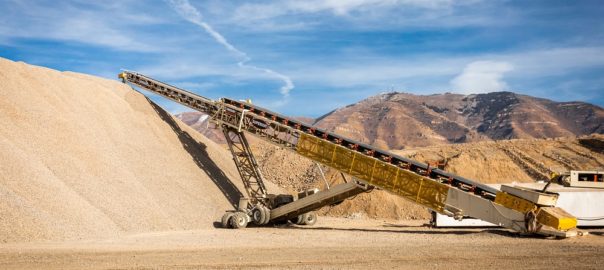MLG Oz says it continues to experience historically high levels of tendering opportunities for its suite of mining services, with three new integrated site services and haulage contracts recently added to its remit across its Western Australia operations.
MLG, which listed on the ASX earlier this year, says it offers a range of value added services from bulk haulage, crushing and screening, aggregate and sand supplies through to export logistics.
At Northern Star’s Jundee gold operation in Western Australia, the company has been awarded preferred contractor status for an expansion of its services, providing integrated site support and haulage capacity at the mine. Subject to negotiation and execution, this new three-year contract is expected to commence around August and deliver some A$12 million/y ($9.2 million/y) in revenue.
The scope of works will consist of integrated site support to the company’s mill feed operations from both its Jundee central underground mines and its regional satellite operations, MLG said. It will see the ASX-listed contractor conduct all crusher feed, bulk haulage and site civil works for the operations under its integrated operating platform.
MLG has added two new clients to its roster, too – Norton Gold Fields and Mincor Resources.
Norton Gold Fields has chosen MLG as its successful tenderer to provide integrated site support services and haulage for its Paddington gold operation over a three-year period expected to commence in September. Revenue from this opportunity is estimated to be around A$14 million/y, with formal contract documentation anticipated to be finalised in the coming weeks.
And, in line with MLG’s desire to broaden its service offering across different commodities and, in particular, the battery metals space, it has executed a contract with Mincor Resources for the provision of the logistics services associated with its Kambalda nickel operation. The contract is expected to deliver approximately A$3 million/y in revenue over four years and is expected to commence in the March quarter of 2022.
Reviewing these contract awards, MLG Founder, Managing Director and majority shareholder, Murray Leahy, said: “We are very pleased to be given the opportunity to continue to support and grow with Northern Star which has been a long-standing customer of MLG.
“We are delighted that the Norton Gold Fields Board has selected MLG to support the Paddington processing facility. The mill is 35 km northwest of Kalgoorlie and aligns very strongly with our existing Kalgoorlie network.
“Our new contract at the Kambalda operations is an important first step for MLG in developing a longer-term relationship with Mincor in support of its goal of being a key supplier of nickel to the emerging battery metals market.”
In addition to announcing these contract awards, MLG also provided a market update on its crushing and screening activities.
It said: “MLG’s crushing and screening operations, which account for 20% of MLG’s forecast financial year 2021 revenue of A$241.6 million, have experienced a reduction in available material to process from several clients across the last quarter of financial year 2021, due to production constraints at various client operations. We anticipate this will negatively impact the crushing and screening revenue in the first half of financial year 2022. Despite this, and given the company’s current pipeline, including as evidenced above, the board expects the overall impact of this to be mitigated in the second half of financial year 2022.”







